A stroke can be devastating. A brain bleed or a clot can cause weakness on one side of the body (hemiparesis).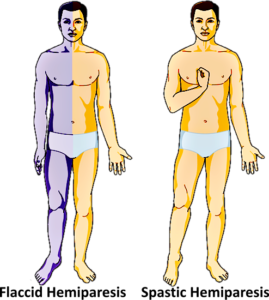
It can also cause problems with thinking, problem solving, vision, and speaking. The result? Lost independence. So, of course, many stroke survivors want to know, can I recovery? Can I get my previous life back?
Before answering this question, it is beneficial to understand what happens in the brain after a stroke.
What causes hemiparesis?
A stroke causes neurons in the brain to become damaged. Depending on where the damage occurs, the result is losing the ability to move on the opposite side of the body
Now that you understand why movement is lost, how do you get it back?
What is Neuroplasticity?
Neuroplasticity is the way our nervous system heals and adapts to change. As the word suggests, the brain has a plastic quality and can be molded and transformed. The brain can actually take healthy neurons and retrain them to make up for the damaged neurons.
With repetition (moving the left arm while performing purposeful activities) the brain will become plastic and take neurons from the other side of the brain (healthy neurons) that control the same movement on the uninvolved side of the body. In other words, you retrain the neurons to do the same movement but you ask the healthy neurons to perform it on the arm that was effected by the lesion. Constraint Induced Movement Training (CIMT) is one example of a treatment that emphasizes this theory. In this type of treatment, the uninvolved arm is “constrained”. Pretty cool, right? Well, not so fast. This is not always a good thing.
Notice I did not say neuroplasticity will REPLACE the neurons you lost. That is where YOU become the key to your recovery. How you train these neurons will determine whether or not you get the desired movements back on the side of your body effected by the stroke.
What is NEGATIVE Neuroplasticity?
Neurons that can mold and adapt is NOT always beneficial. Your brain will adapt based on what you are asking it to do. For example, if someone spends most of their day using the side NOT effected by the stroke, the brain will adapt to this instead.
Let’s say you go to therapy 4-5 hrs/week (and your therapist is really good 🙂 ) and uses techniques to move your arm effected by the stroke. Then you go home and do EVERYTHING using the side of your body NOT effected by the stroke (compensation). This can HURT your recovery.
What is Compensation
Compensation is when someone uses the “strong” arm to complete activities.
How Can Compensation Hurt your Recovery?
When someone compensates by using the “strong” arm, that side of the brain now needs more neurons, right? Because now this arm is doing double the work. Now the brain will take healthy neurons from the side of the brain with the lesion. 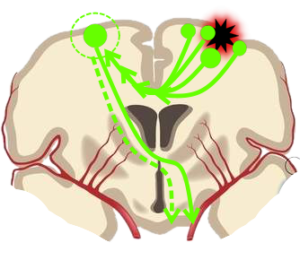 The brain is SO good at adapting, it will train the neurons to do what you are asking it to do. In other words, it will adapt to your current neurologic state. And in this case, it recognizes that it “needs” more neurons to devote to the healthy side of the body. I mean, if you really think about it, the brain is pretty “smart”. The neurons aren’t really needed as much over there (the side with the damaged neurons) now that you can do EVERYTHING with the arm that was NOT effected by the stroke. It will literally steal neurons from the side of the brain where you already have damaged neurons. Not cool. 🙁
The brain is SO good at adapting, it will train the neurons to do what you are asking it to do. In other words, it will adapt to your current neurologic state. And in this case, it recognizes that it “needs” more neurons to devote to the healthy side of the body. I mean, if you really think about it, the brain is pretty “smart”. The neurons aren’t really needed as much over there (the side with the damaged neurons) now that you can do EVERYTHING with the arm that was NOT effected by the stroke. It will literally steal neurons from the side of the brain where you already have damaged neurons. Not cool. 🙁
So now, back to the burning question.
Is recovery from a major stroke possible?
I am not a researcher, although I know the research. Nor, am I ONLY a PHYSICAL therapist. Why is this important? Recovery is MORE than just physical. It is more than science. It is much more complex. The reality is, that recovery depends on YOU! Do you want to get better? Do you believe you can get better? Do YOU have what it takes to devote most of your day to recovery? Do you have the mental strength to overcome challenges, plateaus, and set backs?
Recovery requires mental, physical, emotional, and spiritual strength. Physically, it takes the skill of a licensed physical therapist who knows the proven techniques to maximize the benefits of neuroplasticity to regain movement on the side of the body effected by the stroke. Proven techniques involve repetitive practice AND “perfect” practice (I won’t bore you with all the technical details of what this entails). Wait, what? Yes, REPETITIVE use of the arm that is not as strong. I know what your are thinking. It is much easier to just do the task with the “strong” arm in half the time. So, for neuroplasticity to work, you have to choose the most difficult and time consuming method? Yup, not always fun. 
It is not only what someone does 4-5 hours a week in therapy but what they are doing 24 hours a day. The best result requires hard work, perseverance, determination, and a never-give-up attitude. This is the part that takes the mental, emotional and spiritual strength. You can find more about this at https://orlandoneurotherapy.com/stroke/positive-thinking/ So, again you ask, will I recovery? Can I get my old life back?
POSITIVE Neuroplasticity is the answer. Yes, you can re-train healthy neurons to replace neurons that have been lost as a result of the stroke. Many factors determine whether or not a person can recover 100%.
What Factors Impact a Complete Recovery?
Severe spasticity, a stroke in the brain stem, presence of neglect, and severe cognitive (thinking) problems are a few factors that will make a full recovery more difficult. These factors should be considered when setting goals.
Setting the Best Goals
Goals should be realistic and attainable. A realistic goal may be to be able to sit and stand with the body in midline (centered over your feet). This, is not always a “fun” goal. “Walking” is the “FUN” goal. Right? If your brain and body does not know how to stay centered over your feet, walking will be frustrating, more challenging, and scary. Not, fun. HOWEVER, feeling balanced, BEFORE you learn how to walk, this will be a fun activity. Learning the “basics” means you have a chance of walking without fear of falling, without pain, with greater confidence and greater independence!

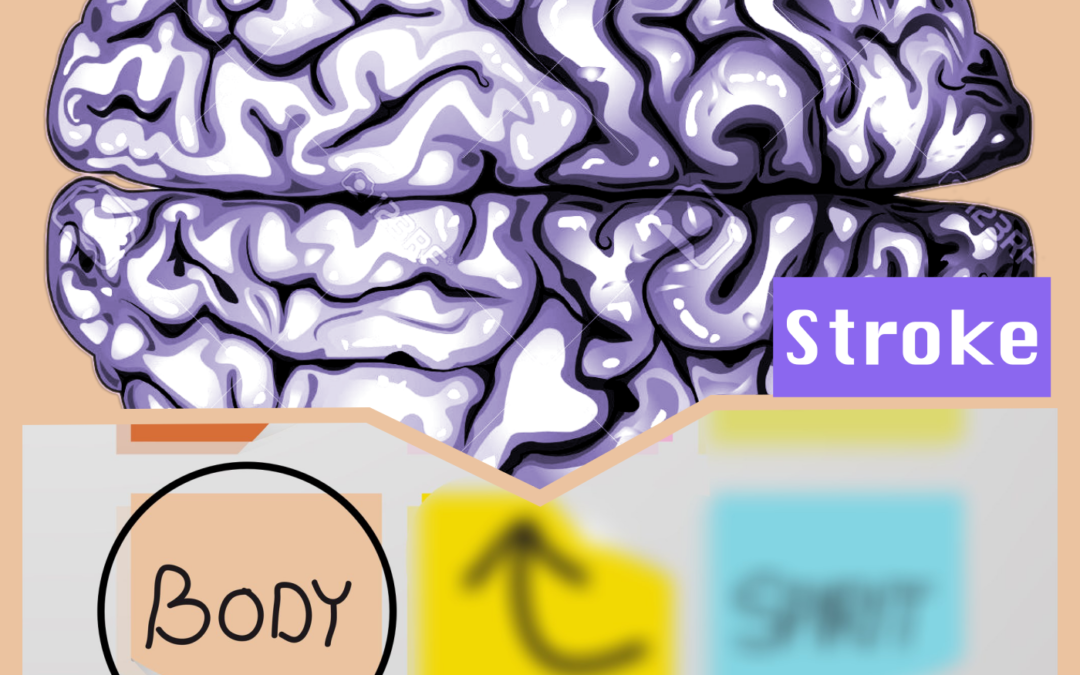
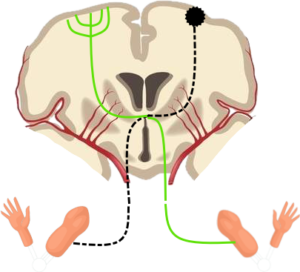

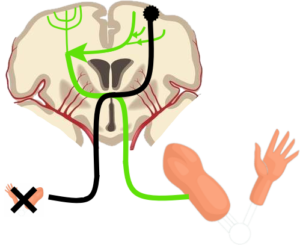
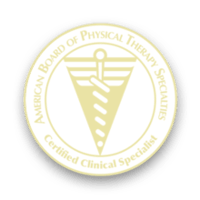

Hi,
I have a question regarding my gait.
After we moved about 3 months ago my left leg started a habit of high stepping with my left knee coming up and my foot stomping down when it didn’t use to do this.
Do you have any thoughts why this habit started in what seems like out of the blue?